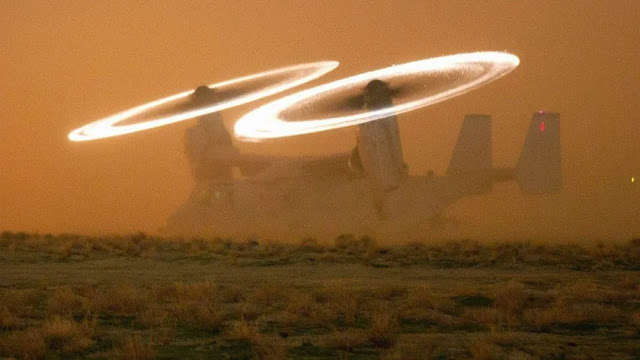Materials Science and Technology - Teachers Handbook by phschemguy on Scribd
Things occasionally disappear from Scribd, so I'm also going to provide a Google Drive link to the above document here (and a link to the document directly on the Pacific Northwest National Laboratory (PNNL) website). Admittedly, it's a large pdf (350 or so pages), so you may want to download it rather than view it via preview.
This document is - to at least some extent - the forerunner of the ASM summer workshops, with many of our activities having been initially developed (or at least compiled) in the Materials Science and Technology Teachers Handbook from the Pacific Northwest National Laboratory operated by Battelle. I'll copy the abstract for the handbook in its entirety (in case link rot takes it away)...
The Materials Science and Technology (MST) Handbook was developed by Pacific Northwest National Laboratory, in Richland, Washington, under support from the U.S. Department of Energy. Many individuals have been involved in writing and reviewing materials for this project since it began at Richland High School in 1986, including contributions from educators at the Northwest Regional Education Laboratory, Central Washington University, the University of Washington, teachers from Northwest Schools, and science and education personnel at Pacific Northwest National Laboratory. Support for its development was also provided by the U.S. Department of Education. This introductory course combines the academic disciplines of chemistry, physics, and engineering to create a materials science and technology curriculum. The course covers the fundamentals of ceramics, glass, metals, polymers and composites. Designed to appeal to a broad range of students, the course combines hands-on activities, demonstrations and long term student project descriptions. The basic philosophy of the course is for students to observe, experiment, record, question, seek additional information, and, through creative and insightful thinking, solve problems related to materials science and technology. The MST Teacher Handbook contains a course description, philosophy, student learning objectives, and instructional approach and processes. Science and technology teachers can collaborate to build the course from their own interests, strengths, and experience while incorporating existing school and community resources. The course is intended to meet local educational requirements for technology, vocational and science education.
The handbook is a phenomenal document, opening with an introduction to materials science, continuing with an explanation of their goals for the project and the course, discussing how to set up a classroom environment that is conducive to student exploration, then covering an entire year's worth of classroom activities.
Admittedly, the project was begun in 1986, published in 1994, and 'cleared for release in 2008.'
Some of the language and activities are dated, and the materials sources aren't remotely current.
But this is the grandfather of the materials science course at Princeton High School, the forerunner of the ASM summer camps, this is the granddaddy of us all.
Thanks, ants...thants.





